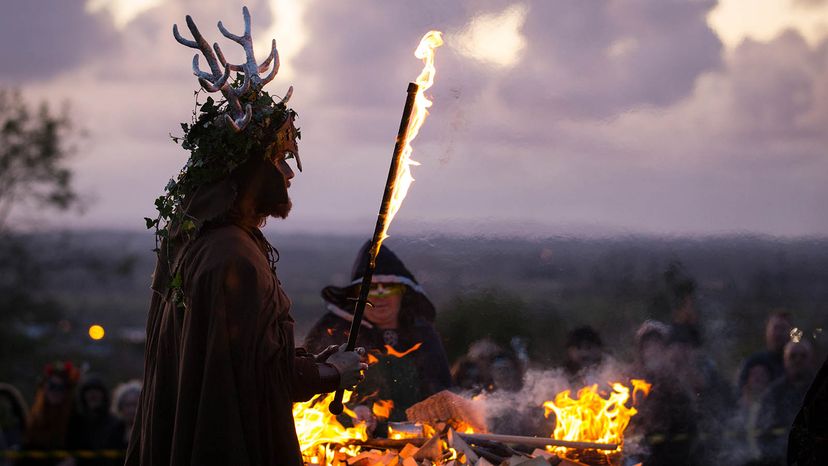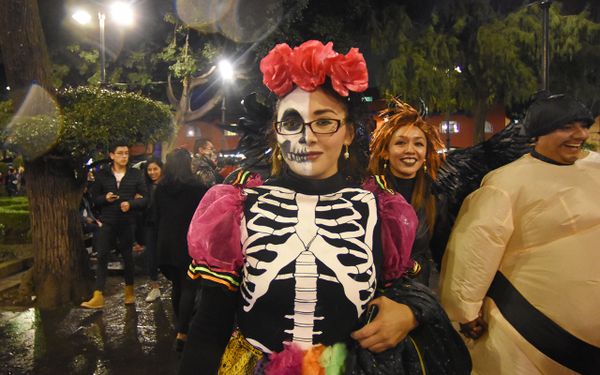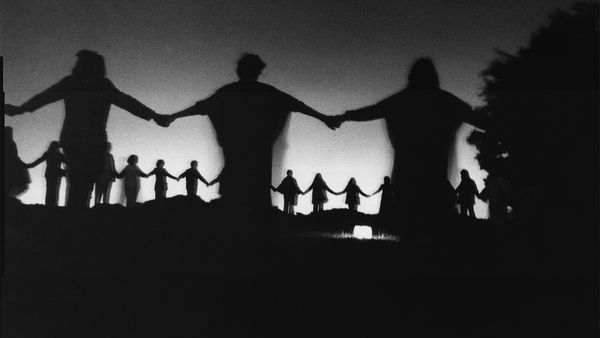Trick-or-treating. Costume parties. Watching the classic "It's the Great Pumpkin, Charlie Brown" special on TV. Halloween fans love to indulge in some — or all — these spooky pastimes. If you're a modern-day Pagan, you might have a slightly different itinerary on Oct. 31. (And Nov. 1, for that matter.)
"Dumb suppers" are among the traditions Samhain celebrants may choose to observe. This custom calls for a place setting to be left empty at an otherwise hearty meal. By design, the gesture honors a deceased ancestor or family member. All the living guests eat in silence as they reflect on the departed.
Sometimes, attendees burn messages written for the person in question. Sometimes, the dinner's courses are handed out in reverse order. With dumb suppers, there's a lot of room for variation.
Pagans can also get into the spirit of Samhain through quiet meditation. Or divination ceremonies. Or redecorating their personal altars with gourds, dried corn husks and other autumnal symbols. Because remembrance is such an important aspect of Samhain, the ensemble often includes photos showing loved ones who've died.
Outdoors, bonfire rituals are a Samhain staple among Druids. Pagan groups that keep gardens have also been known to treat the festival as a hard deadline for their harvests. Any edible material that isn't gathered by the time Samhain ends is left behind — as a gift to the spirits.
And in keeping with this festival's emphasis on transition, some Pagans treat Samhain as the beginning of the Celtic New Year.
Does all this mean Wiccans, Druids and other contemporary Pagans swear off Halloween? Not necessarily. There are those who enjoy the secular Halloween season, but don't engage with it Oct. 31. Others make time for both trick-or-treating and Samhain rituals.
HowStuffWorks may earn a small commission from affiliate links in this article.





